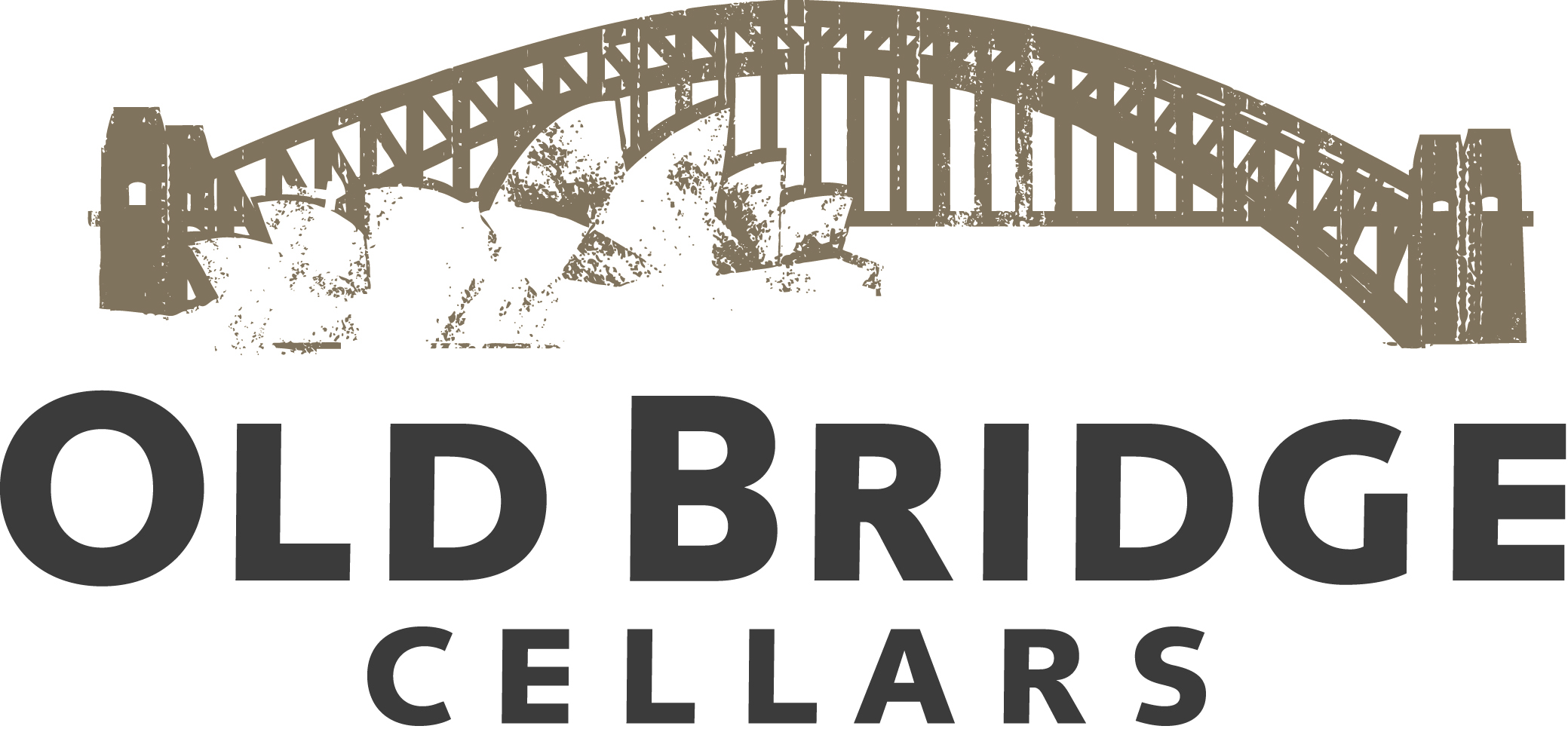Getting the Hang of Cabernet in Australia
Wine Spectator
March 2, 2016
by Harvey Steiman
Within Australia, Margaret River has a big reputation for Cabernet Sauvignon. And yet, they’ve always struck me (and many Americans) as wildly inconsistent. Some could charm with finesse and savory flavor profiles, but too often I found myself wrinkling my nose as excess herbal, weedy and vegetal notes obscured the fruit.
A three-day swing through the country’s westernmost wine region with my colleague MaryAnn Worobiec last week demonstrated how much effort is going into Cabernet Sauvignon, and tasting after tasting showed impressive results. I found more fruit presence, and pleasure, in wines that retained a moderate sense of scale, seldom topping 14 percent alcohol.
Margaret River’s reputation in America rests on Chardonnay, where a moderate climate brings brilliance and seductive shape to the distinctive Gin Gin clone widely planted there. Leeuwin Estate leads a strong pack, its Art Series is a regular among Wine Spectator’s annual Top 100 Wines of the Year.
In a Cabernet tasting at Leeuwin back to 2004 with winemaker Paul Atwood, the Art Series Cabernet came off as graceful in style, with refinement and pure flavors framed with grippy tannins that never got too rough.
“We’ve had to change our style on Cabernet,” Atwood says. “It took us a while to understand our Cab vines and what they wanted to do. We looked at cropping levels. We looked at exposure to the sun in December (the middle of the growing season in the southern hemisphere), opening the canopy more on the morning side, and adjusting as the season was going to vary how much light to allow through the canopy. When to drop fruit before harvest to avoid crowding on the vine, making sure each bunch was happy and had its own little space.”
The result was riper tannins across the board, softened further by getting more oxygen into the ferments during pump-overs. Malbec also found its way into the final blend, replacing Merlot, for plushness.
“We found that vines on generous soils were the ones that showed the green edge,” he adds. “These are on leaner ground.”
I liked the most recent vintages best, especially 2013 (just released in Australia) for its generous raspberry, cherry and pomegranate fruit, and 2010 for its lovely freshness, with cherry and bay leaf flavors and baby powder tannins.
Like the adjacent Leeuwin, Voyager Estate also has been pinpointing which parts of its sprawling vineyard provide the most expressive fruit profiles. A Chardonnay champ as well, Voyager is back in the U.S. market after an absence of five years. The 2012 Estate Cabernet frames dense raspberry and black cherry flavors, with open texture and silkiness. Fine-sand tannins in the 2013 Estate support raspberry and chocolate notes.
Contrast that with the 2005, its savory profile all tobacco and green flavors, or 2001, which adds an unwelcome gamy note. Steve James, manager of winemaking and viticulture, has made huge strides.
